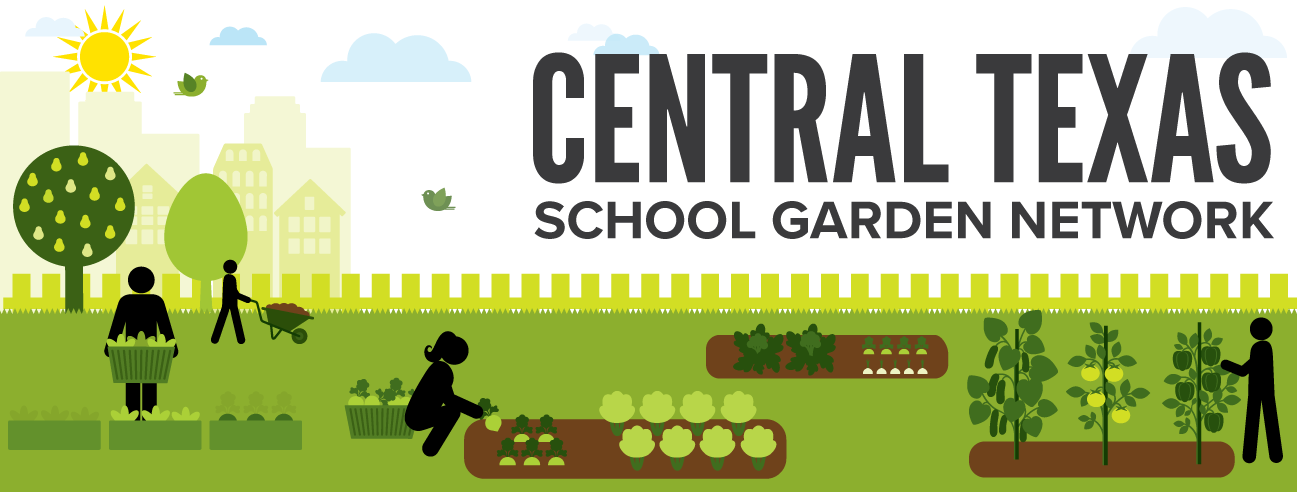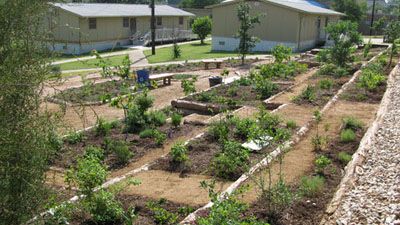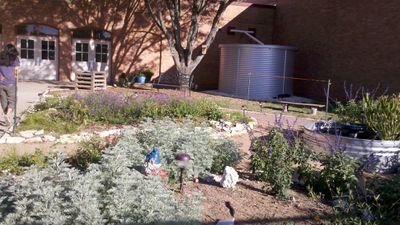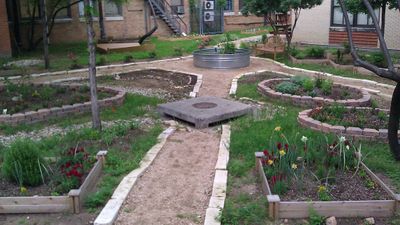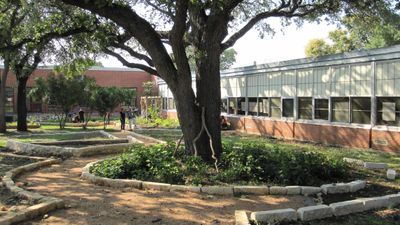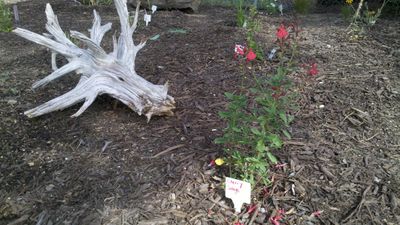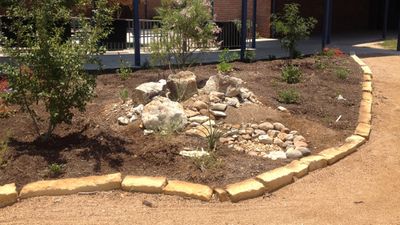Wildlife Habitat Gardens
What are wildlife habitat gardens?
A wildlife habitat garden is a place where organisms have access to the things they need most: 1) food, 2) water, 3) cover, 4) places to raise young.
Providing wildlife habitat on school grounds gives school children the opportunity to observe the natural world and participate in citizen science efforts. Research shows that nature play and citizen science projects have positive impacts on students’ behavior and academic outcomes.
moreGetting started
Recommended steps for success include: 1) create a team, 2) create your vision, 3) gain necessary approvals, 4) inventory your site, 5) draw up your design, 6) create a materials list and budget, 7) find resources, 8) plan work days and planting days, 9) create a maintenance plan.
moreMaintenance
Maintaining a native habitat garden includes pruning, weeding, and possibly seasonal planting. The first 2-3 years after installation are the most critical and labor intensive time for maintenance. During this time, water regularly. As plants mature, you will only need to water during times of excessive drought. Build a strong team to help, and try to include the school maintenance staff. Include signage that defines your wildlife area to avoid mowing or other issues. Also consider creating a compost pile. Soil produced will help reduce future costs and give you a place to put your brush...
moreUsing & teaching
Schoolyard wildlife habitat gardens provide a place for students to explore, to engage with the natural world, and to reflect. Here, children are able to feel the rewards of connecting with nature while creating concrete experiences to draw on during future learning. As an outdoor classroom, wildlife gardens provide a space to study life cycles, ecosystems, food chains/food webs, predator/prey relationships, diversity, soil, water quality, adaptations, non-native species, and human impacts on the environment. Schoolyard wildlife habitats have the ability to become a living laboratory for...
more